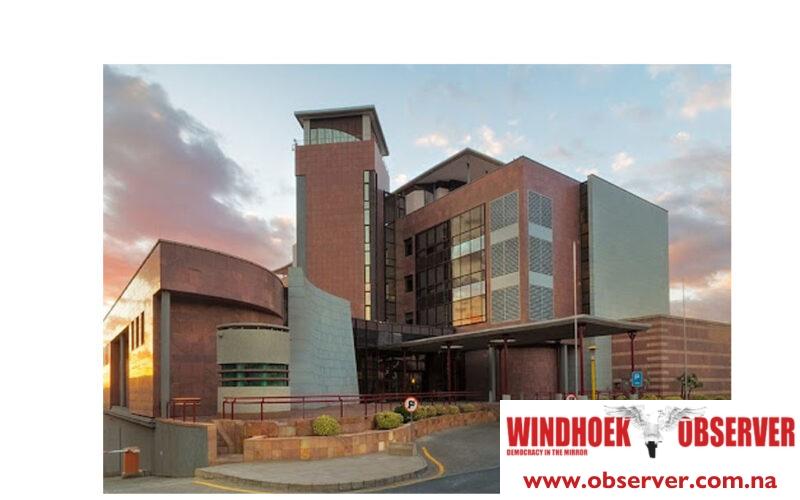Martin Endjala
In a move to justify its decision to maintain the repo rate at 7.75 percent, a level kept since June 2023, the Governor of the Bank of Namibia (BoN), Johannes !Gawaxab said that despite many wanting the central bank to reduce the repo rate, the benefits outweigh the costs.
Most monitored central banks kept their policy rates unchanged at their most recent monetary policy meetings, mainly due to easing inflation and the moderation in growth.
The BoN Governor was responding to questions posed to him during the announcement of the repo rate as to why it remains unchanged.
He explained that he understands the concerns and economic difficulties many Namibians are experiencing, however, to safeguard the peg between the Namibian dollar and the South African Rand, the Monetary Policy Committee (MPC) took a unanimous decision to keep it unchanged.
This decision was taken following a comprehensive review of domestic, regional, and global economic developments.
“Namibia is much better off despite weaknesses, due to the proactive measures put in place by the bank to safeguard the economy against inflation,” said the Governor.
He said this in response to why Namibia continues to link the NAD and the Rand. He argues that the bank does not decide to increase rates or repo rates willy-nilly, but the MPC looks at the trends within all sectors and the economy, hence the decision.
He, however, admitted that there is a need to start looking at ways to be ready for future economic downfalls. The next MPC meeting is scheduled for 15 and 16 April 2024.
On a positive note, domestic economic activity expanded during 2023, as reflected in sectors such as mining, electricity generation, livestock farming, wholesale and retail trade, tourism, communication, and transport.
While responding to the announcement, Economist Josef Sheehama, said the decision by BoN to keep the repo rate unchanged is shocking because inflation rates are stable, and the international reserve remains strong.
“The Policymakers try to navigate risks to inflation and the timing of when global interest rates will start to fall. I understand that the decision is influenced by several factors contributing to the status quo. We are aware that Namibia’s currency is pegged to the South African rand at a one-to-one ratio and will do all in its power to protect the peg.
I am aware that the decrease in repo rate resulted in Namibia being behind by 75 basis points, however, this was the perfect opportunity to provide relief to the Namibians. With high global market volatility, a chance to disturb global markets cannot overrule due to geopolitics,” he argued.
Sheehama further stated that he understands the current narrow industrial and export base in Namibia which makes it difficult to withstand the external shocks and therefore needs to safeguard the peg.
He added that the current economy is very reliant on a limited number of sectors such as fishing, diamonds, and uranium mining. Namibia needs to gradually move away from single-country concentration.




